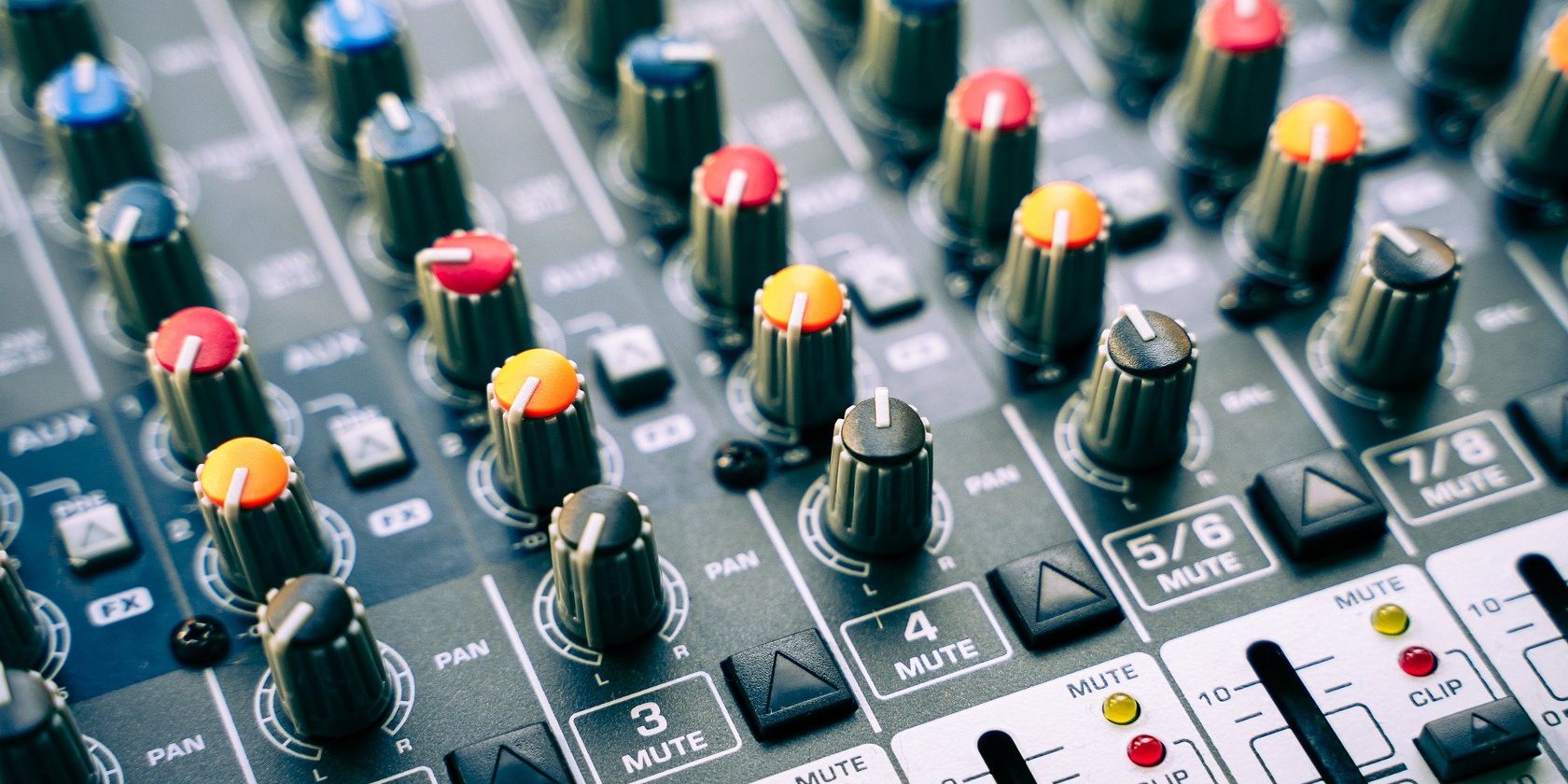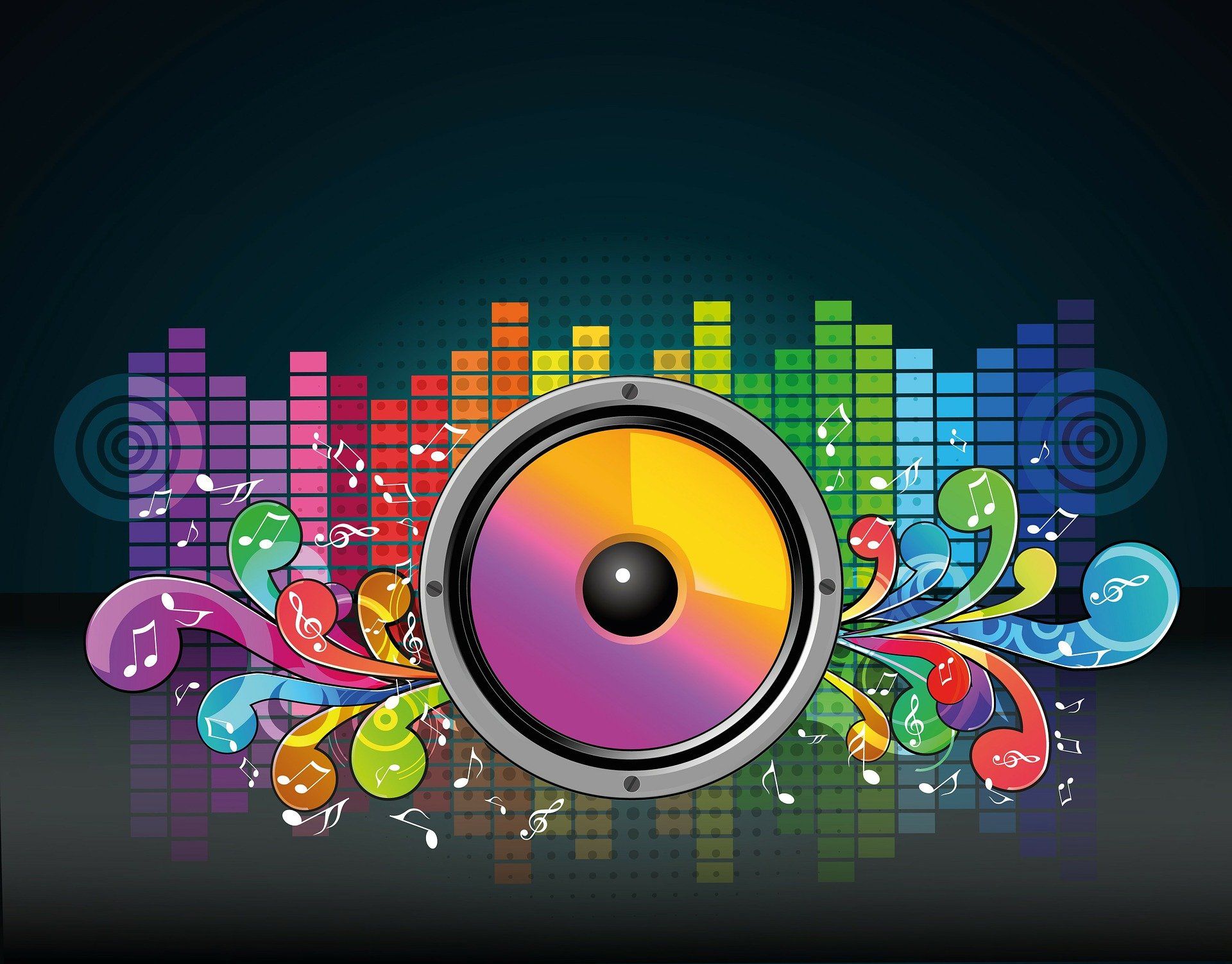There are two very important pieces of hardware in the field of audio that we owe a lot to. One is called the Digital to Analog Converter (DAC), and the other is the similarly named Analog to Digital Converter (ADC). These two devices bridge the gap between digital storage and electrical currents.
It can be quite confusing what these devices do and how they're important, as they sometimes go unnoticed. So, let's dive into what DACs and ADCs are and how they're significant.
What Are ADCs?
As the name suggests, Analog to Digital converters take raw analog (electrical) signals and convert them into digital information. Microphones convert sound energy into electrical currents, which can travel throughout a computer, but electrical currents can't be stored as information.
The ADC is charged with the duty of changing that current into digital data that the computer can access and manipulate. The current that comes from the microphone will vary in voltage based on the audio. When it travels to the ADC, it takes samples of the current. A lot of ADCs take 44,100 samples every second, while others take even more.
The ADC measures each sample and, based on the voltage, assign a sequence of binary digits to it. The number of digits per sample corresponds to the number of output pins on the ADC. These sequences of binary digits are then compiled into a digital file which can be stored.
ADCs have multiple input and output pins, usually 8, 16, 24, or 32 pins. The number of pins is important, as the more pins, the higher the integrity of recorded audio.
What Are DACs?
ADCs convert the raw audio signal into a digital signal for storage, and DACs do the opposite. DACs take digital signals and convert them into analog signals that travel to the speaker or headphones as an electrical current.
Bluetooth headphones actually have the DACs built into them. Like with the ADCs, DACs have a certain number of input and output pins that affect the audio's integrity.
Above is an example of a 4-bit DAC, and it's passing a sample with the code 1010. As you can see, the input pins with a 1 are passing a current through to their respective output pins. The pins with a 0, on the other hand, don't pass a signal through.
Different combinations of binary digits allow different total voltages to pass to the speaker; this is because of the resistors connected to the output pins. In the example, 1010 gives us a voltage of 3.125v (each pin outputs 10v of electricity, and each resistor halves it). If we had, say, 1101, we'd have a total output voltage of 6.875v.
Opposite but Important
These two chips are responsible for the audio that we listen to and record. Even though they do opposite jobs, DACs and ACDs would be useless without each other. Why store music if you can't listen to it? How can you listen to music if there's no way of storing it? The music industry owes a lot to ADCs and DACs, as they are just two sides of a very important coin.



